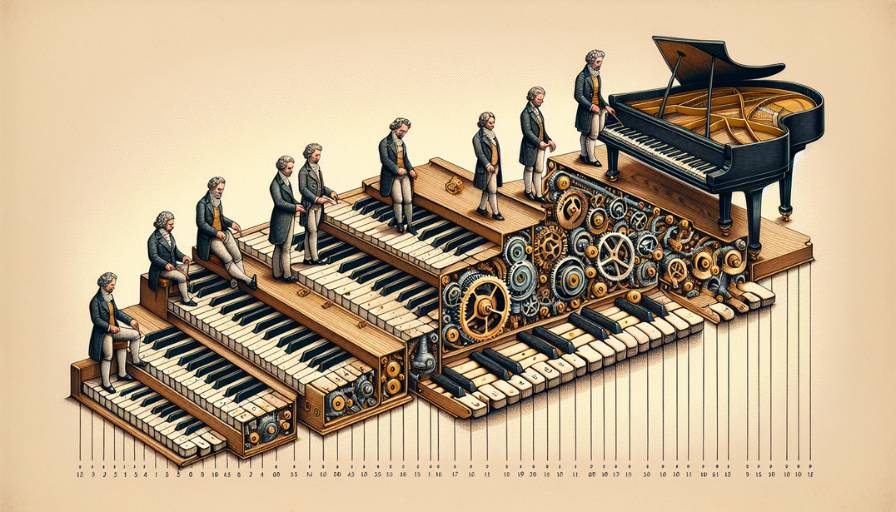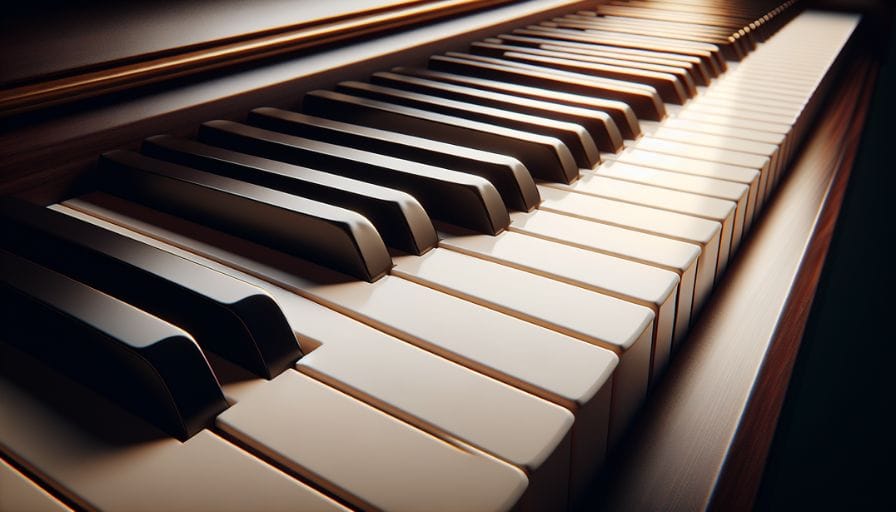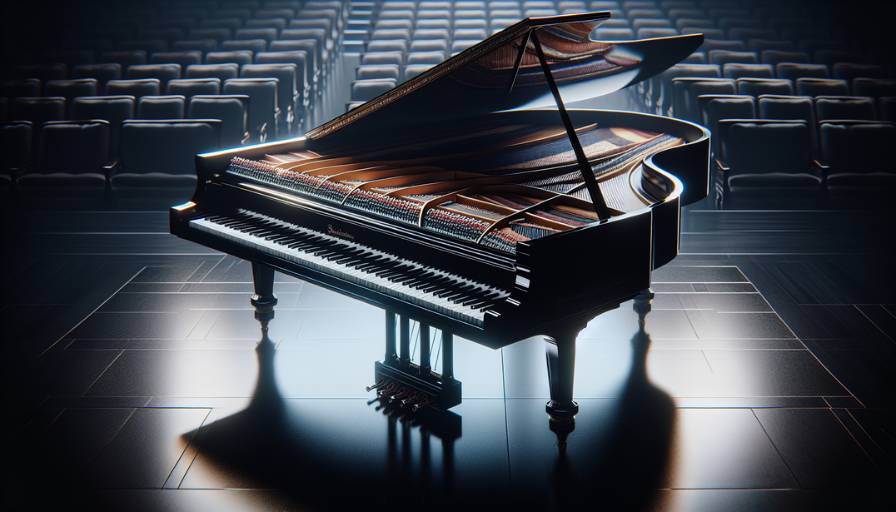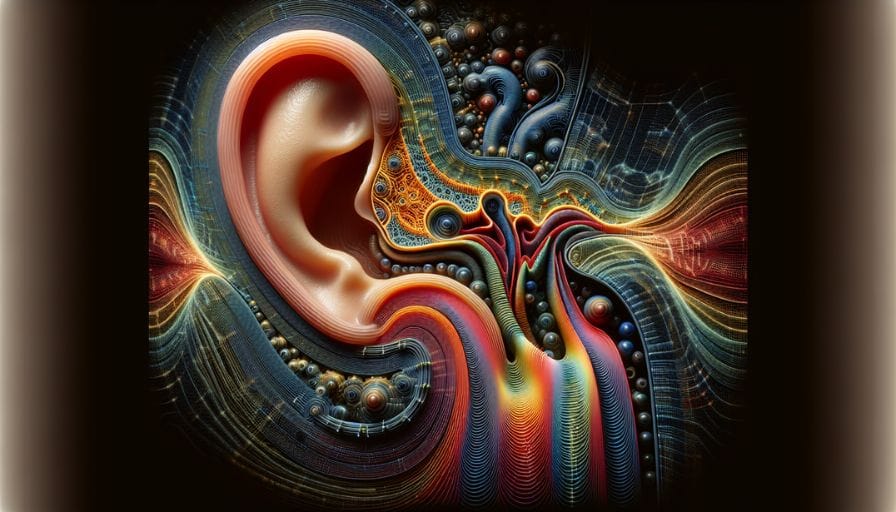Key Takeaways
Table of Contents
The Evolution of Piano Keys

Early Pianos and Key Expansion
The Standardization of 88 Keys
Anatomy of a Piano Keyboard

Black and White Keys

Octaves and Natural Notes
Beyond the Standard: Pianos with More or Fewer Keys

Pianos with Extra Keys
Smaller Keyboards and Digital Pianos

Understanding Pitch and Sound Range in Pianos
High and Low Notes

Human Ear Limitations
Choosing the Right Piano for Your Needs
Beginner Pianists
Intermediate and Advanced Pianists
Summary
Frequently Asked Questions
How many keys are on a full-size piano?
Is 61 Keys a full piano?
Is there a 100-key piano?
What notes do the white and black keys on a piano represent?
What is the range of human hearing, and how does it relate to the piano keys?
About the Author
Max Porcelli
Steinberg Certified Trainer, DJ, and Producer with 29 years of experience. He owns 989 Records, an Electronic Music Label based in Italy. Every Saturday he hosts an exciting Radio Show called 989 Records Radio Show on air on Patchouli Deep Radio, London.
Write your awesome label here.







